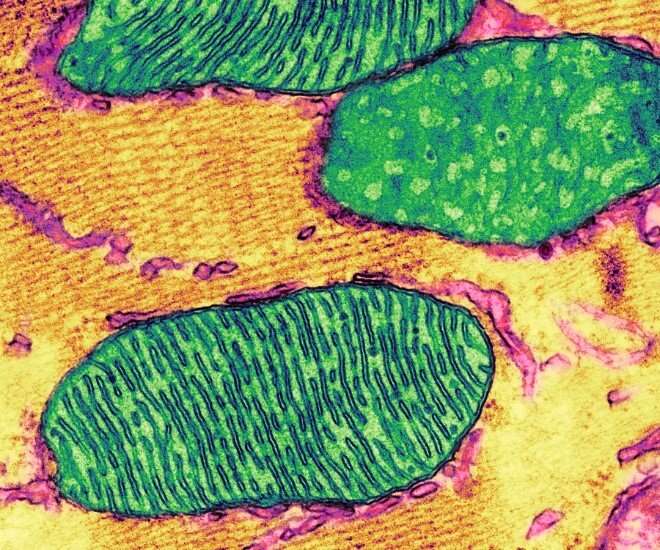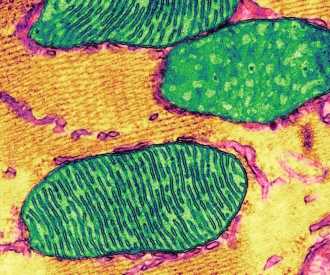
What is salugenesis?
- Chronic diseases are currently and mistakenly studied in isolation. Diabetes, for example, looks a lot different from post-traumatic stress disorder. But both, and many other conditions, share an underlying failure of the body to fully heal. “Once the pathogenic trigger has been treated or removed, chronic disease persists because healing is incomplete,” said Naviaux.
- Disease is governed by biological logic, which is intrinsic and the result of millions of years of evolution to address internal problems. Modern medicine has advanced through engineering logic, which looks at external issues generally involving non-living systems.
- Health and healing are dynamic circles with a beginning, middle and end. The phases are the same whether the injury is a scrape or a stroke. They proceed sequentially by information exchanged between cells and with the environment, directing and informing what happens next. “Mitochondria generate most of the chemical energy needed to power a cell’s biochemical reactions,” said Naviaux. “But they are also cellular canaries in the coal mine, the early warning system that determines the nature and location of a problem or threat, and when to sound the alarm.”
- Mitochondria naturally prioritize safety and respond to threats of all kinds—from microbial infections, to physical injury, to chemical pollutants in the air, water, and food chain—by stopping their normal anti-inflammatory functions, and shifting to pro-inflammatory functions needed to contain the damage, replace the cells lost, and finally, to restore normal metabolic communication between cells needed for optimum organ function.
Source: Read Full Article
